Caring for a cat with allergies can be a challenging yet rewarding experience. Just like humans, cats can suffer from food allergies that cause discomfort and affect their overall well-being. For cat owners, understanding how to manage these allergies through diet is crucial. In this article, we delve into seven essential tips for feeding cats with allergies, ensuring your feline friend remains healthy and happy.
Recognize the Signs of Food Allergies
Identifying food allergies in cats is the first step towards managing their diet effectively. Common signs include itching, skin rashes, and gastrointestinal issues like vomiting or diarrhea. If your cat exhibits any of these symptoms, it may be time to reconsider their diet. Observing your cat’s behavior is crucial, as they can’t communicate their discomfort verbally. Cats might also exhibit excessive grooming due to itchy skin, leading to bald patches or sores. It’s essential to consult a veterinarian if you suspect food allergies, as they can guide you towards appropriate testing and diagnosis.
Consult With Your Veterinarian

Before making any dietary changes, it’s imperative to consult with a veterinarian. They can perform tests to determine specific allergens affecting your cat. Veterinarians can provide tailored advice based on your cat’s unique health needs, ensuring you make informed decisions. They might recommend an elimination diet to pinpoint the allergens. This professional guidance can make a world of difference, as it prevents unnecessary experimentation that might worsen your cat’s condition. Establishing a good relationship with your vet ensures you have a reliable source of information and support.
Understand Common Allergens
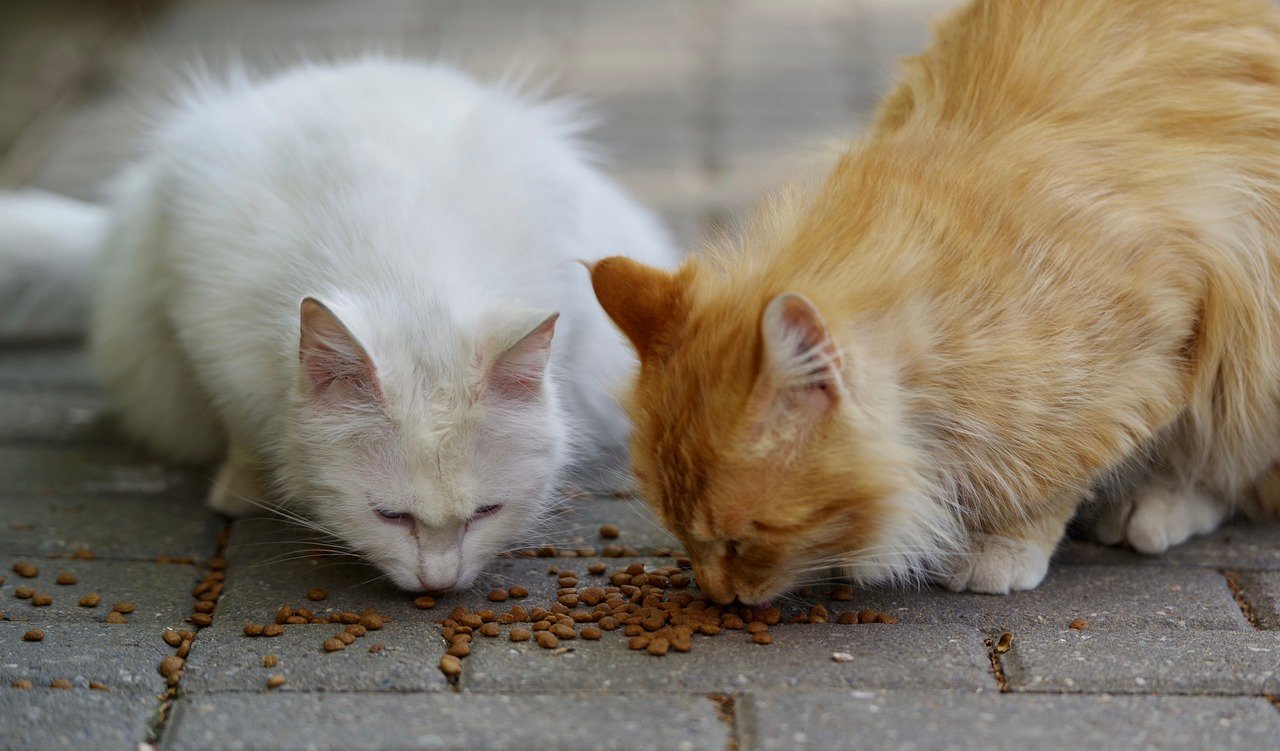
Cats can be allergic to various ingredients commonly found in commercial cat food. These include proteins like beef, chicken, and fish, as well as grains such as corn and wheat. Understanding these common allergens helps in selecting the right food for your cat. Reading labels meticulously is vital to avoid unwanted ingredients. It’s similar to humans avoiding peanuts if allergic; knowing what triggers a reaction is half the battle. By being aware of these allergens, you can make better choices that align with your cat’s health requirements.
Consider Hypoallergenic Diets
Hypoallergenic diets are specially formulated to minimize the risk of allergic reactions. These diets often contain novel proteins, such as duck or venison, which your cat may not have been exposed to before. Switching to a hypoallergenic diet can significantly reduce allergic symptoms in cats. Just as some people choose gluten-free diets to avoid discomfort, hypoallergenic foods serve a similar purpose for cats. It’s important to gradually introduce this new diet to your cat to ensure they adjust well. Monitoring their response to this change is key to determining its effectiveness.
Read Ingredient Labels Carefully
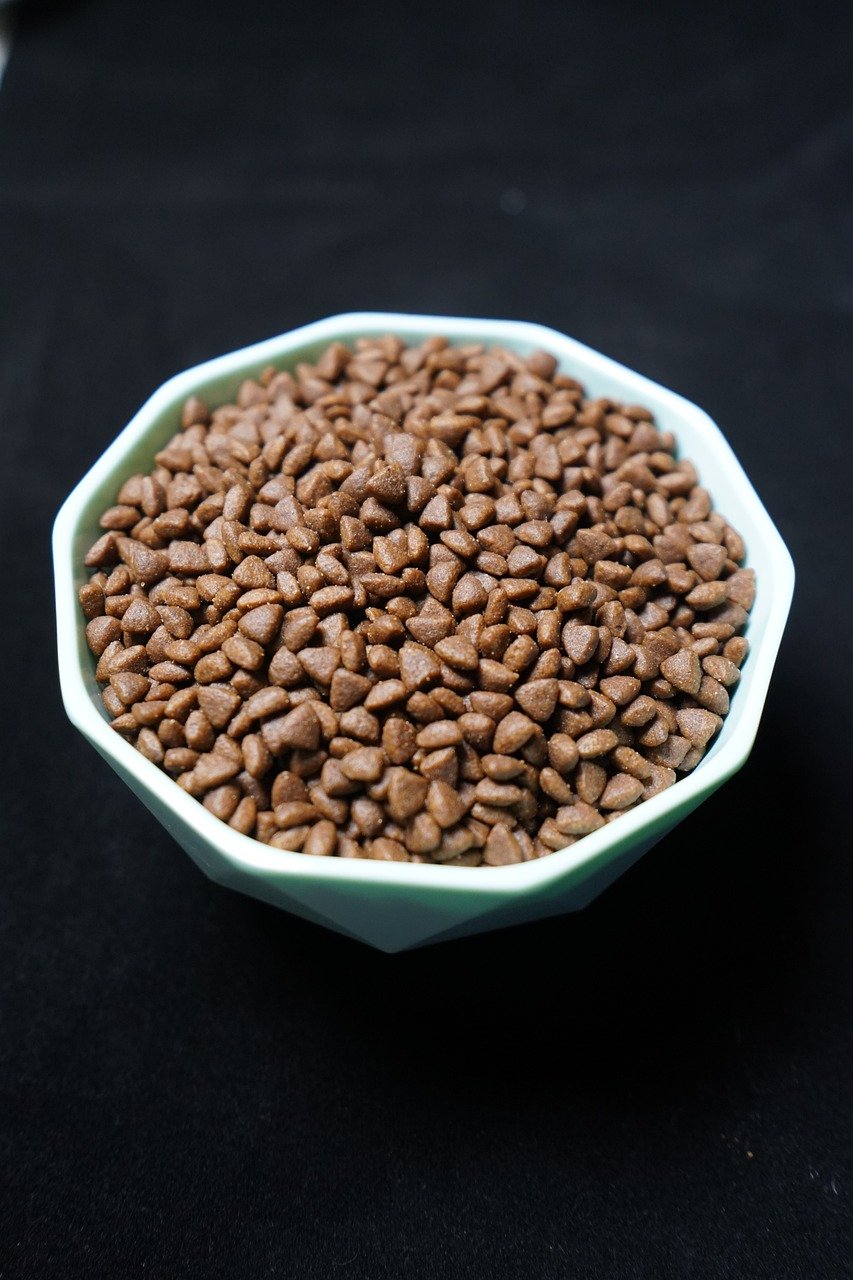
When selecting cat food, reading the ingredient labels is essential. Look for foods that list real meat as the primary ingredient and avoid those with fillers and artificial additives. Transparency in labeling means you can trust what you’re feeding your cat. It’s akin to choosing fresh produce over processed foods for yourself; what you put in matters. Being vigilant about ingredient lists helps in avoiding accidental exposure to allergens. This practice not only aids in managing allergies but also promotes overall health and longevity for your cat.
Introduce New Foods Gradually
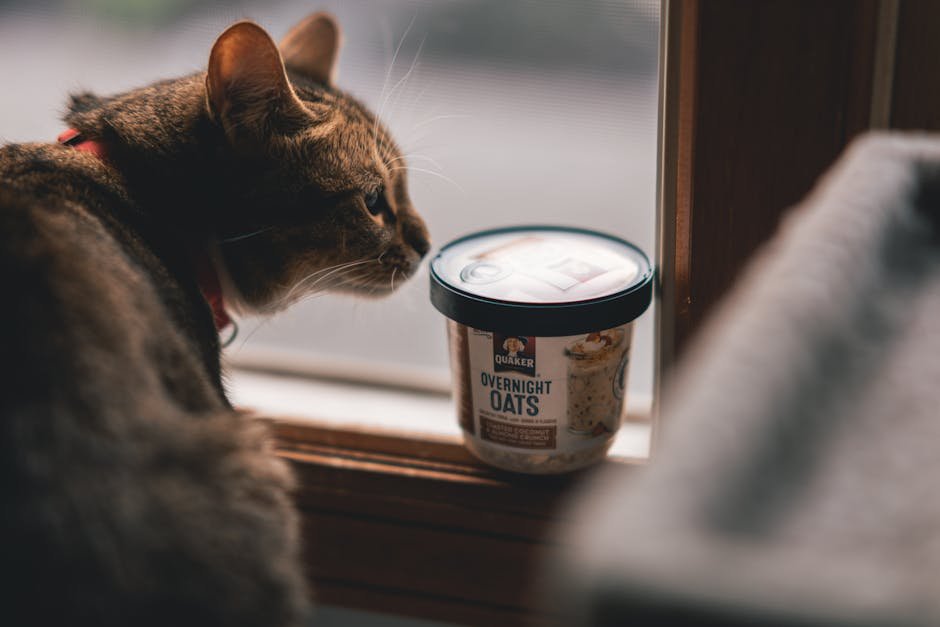
Transitioning your cat to a new diet should be a gradual process. Sudden changes can upset their digestive system and exacerbate allergy symptoms. Start by mixing a small amount of the new food with the old, gradually increasing the proportion over a week or two. This method allows your cat’s body to adapt without shock. Think of it like slowly introducing a new exercise routine rather than jumping into an intense workout. Observing your cat’s reaction during this transition is crucial, as it provides insights into their tolerance and acceptance of the new diet.
Maintain Consistent Feeding Habits

Consistency is key when managing a cat’s dietary needs. Regular feeding times and portion sizes help maintain digestive health and prevent overeating. Establishing a routine also aids in monitoring how well your cat is responding to their diet. Just as having a set meal schedule benefits humans, cats thrive on predictability. This routine helps in identifying any deviations in your cat’s health or behavior promptly. Consistency in feeding also ensures your cat receives balanced nutrition throughout the day, supporting overall well-being.
Avoid Table Scraps and Treats
While it can be tempting to share your meal with your feline friend, it’s best to avoid giving them table scraps and treats, especially if they have allergies. These foods often contain unknown ingredients that could trigger allergic reactions. Keeping your cat’s diet controlled and consistent is crucial for managing their allergies. Think of it as sticking to a specific meal plan without cheat days. By avoiding these indulgences, you reduce the risk of introducing allergens and help maintain your cat’s health.
Monitor Your Cat’s Health

Regular monitoring of your cat’s health is essential when managing allergies. Keep an eye on their skin condition, coat quality, and overall behavior. If you notice any changes or recurring symptoms, consult your veterinarian immediately. It’s like keeping a close watch on your own health indicators, ensuring everything stays in balance. Regular check-ups and open communication with your vet can catch potential issues early. This proactive approach ensures your cat remains comfortable and healthy despite their allergies.
Consider Homemade Cat Food
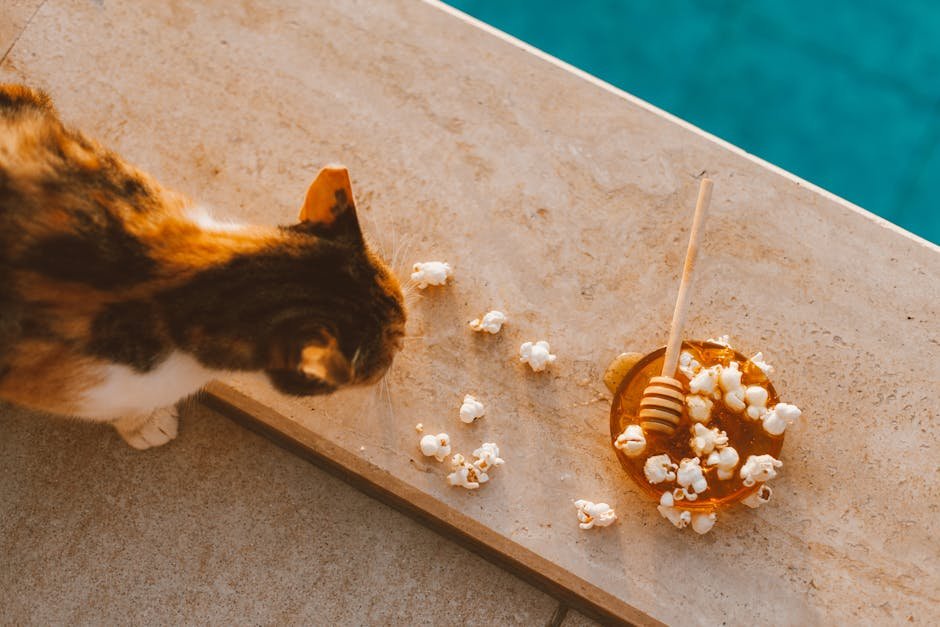
For some, preparing homemade cat food is an option worth exploring. By making your cat’s meals, you have complete control over the ingredients, ensuring no allergens are present. However, creating a balanced diet at home requires research and guidance from a vet or pet nutritionist. It’s akin to crafting a personalized meal plan tailored to specific dietary needs. While it requires effort and commitment, homemade food can be a rewarding choice for managing allergies effectively. Always ensure that the diet is nutritionally complete by consulting with professionals.
Use Probiotics for Digestive Health
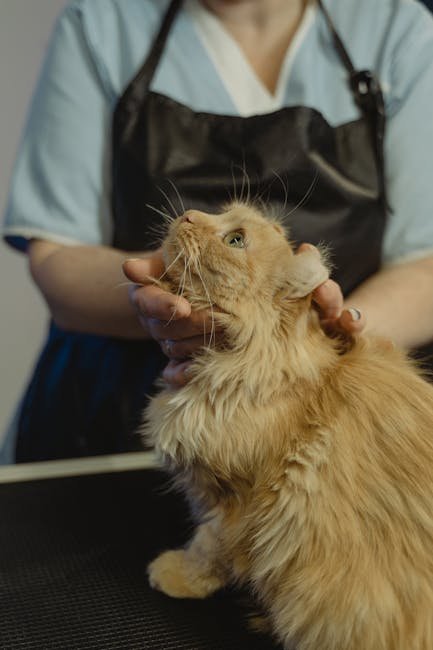
Probiotics can be beneficial for cats with allergies by promoting a healthy gut environment. These supplements help in maintaining a balanced digestive system, potentially reducing allergy symptoms. Incorporating probiotics is like adding beneficial bacteria to your diet for improved digestion. They can support your cat’s immune system and enhance nutrient absorption. Discuss with your veterinarian about suitable probiotic options and how they can be integrated into your cat’s diet. This addition can be a valuable part of managing your cat’s allergies effectively.
Stay Informed About New Developments
The field of pet nutrition is constantly evolving, with new research shedding light on better ways to manage allergies. Staying informed about these developments can provide you with tools and options to help your cat. Subscribe to pet health newsletters or join forums to connect with other cat owners facing similar challenges. It’s like staying updated on the latest health trends to make informed choices. Knowledge is power, and being aware of new findings can aid in providing the best care for your feline friend.
Ensure Adequate Hydration
Hydration plays a crucial role in your cat’s health, particularly if they suffer from allergies. Ensure your cat has access to fresh, clean water at all times. Adequate hydration supports their skin health and aids in digestion. It’s similar to the importance of drinking enough water for overall well-being. Consider incorporating wet food into their diet, as it naturally contains more moisture than dry kibble. Monitoring their water intake helps in identifying any changes that might indicate health issues.
Observe Behavioral Changes

Cats often communicate through their behavior, and changes can indicate discomfort or health issues. Pay attention to any shifts in mood, activity level, or appetite. These changes can signal how well they are adapting to a new diet or if adjustments are needed. It’s like listening to your body’s signals when something feels off. Being attuned to these behavioral cues allows for timely interventions and adjustments in their care. This vigilance helps in providing a supportive environment tailored to their needs.
Consider Allergy Testing
Allergy testing can provide specific insights into what triggers your cat’s allergic reactions. This information allows for targeted dietary adjustments, avoiding unnecessary trial and error. Discuss with your veterinarian the available testing options and their suitability for your cat. It’s comparable to undergoing allergy testing yourself to understand sensitivities better. This targeted approach can lead to more effective management strategies and improved quality of life for your cat. Understanding their unique triggers is a significant step in proactive allergy management.
Explore Novel Protein Sources

Introducing novel protein sources, such as rabbit or kangaroo, can be beneficial for cats with allergies. These proteins are less likely to have been part of your cat’s previous diet, reducing the risk of allergic reactions. Exploring these options is like trying alternative therapies when conventional methods don’t work. Consult your veterinarian to ensure these protein sources meet your cat’s nutritional needs. This exploration can open up new avenues for managing your cat’s diet effectively and comfortably.
Keep a Food Diary

Maintaining a food diary is a practical way to track your cat’s diet and any reactions they might have. Recording what they eat and any symptoms observed helps in identifying patterns or specific triggers. It’s akin to keeping a journal for tracking your own dietary habits and health responses. This documentation can be invaluable when consulting with your veterinarian, providing a clear picture of your cat’s dietary history. Consistency and attention to detail in maintaining this diary can facilitate effective allergy management.
Choose Quality Over Quantity
When it comes to feeding cats with allergies, the quality of food is more important than the quantity. Opt for high-quality, nutritionally balanced foods that meet your cat’s dietary needs without excess fillers. It’s like choosing organic produce over processed foods for better health outcomes. Investing in premium cat food can prevent allergic reactions and support overall wellness. This choice reflects a commitment to providing the best care for your feline companion, ensuring they thrive despite their allergies.
Be Patient and Persistent

Managing food allergies in cats requires patience and persistence. Finding the right diet might take time and experimentation. It’s essential to remain committed to the process, even if initial attempts don’t yield immediate results. Perseverance is key, much like working towards any long-term health goal. Celebrate small victories and remain open to adjusting strategies as needed. Your dedication and love provide the foundation for your cat’s health and happiness.
In conclusion, feeding cats with allergies involves understanding their unique needs and making informed dietary choices. By following these essential tips, you can help your feline friend lead a comfortable and joyful life, free from the discomfort of allergies.
Hi, I’m Bola, a passionate writer and creative strategist with a knack for crafting compelling content that educates, inspires, and connects. Over the years, I’ve honed my skills across various writing fields, including content creation, copywriting, online course development, and video scriptwriting.
When I’m not at my desk, you’ll find me exploring new ideas, reading books, or brainstorming creative ways to solve challenges. I believe that words have the power to transform, and I’m here to help you leverage that power for success.
Thanks for stopping by, Keep coming to this website to checkout new articles form me. You’d always love it!






